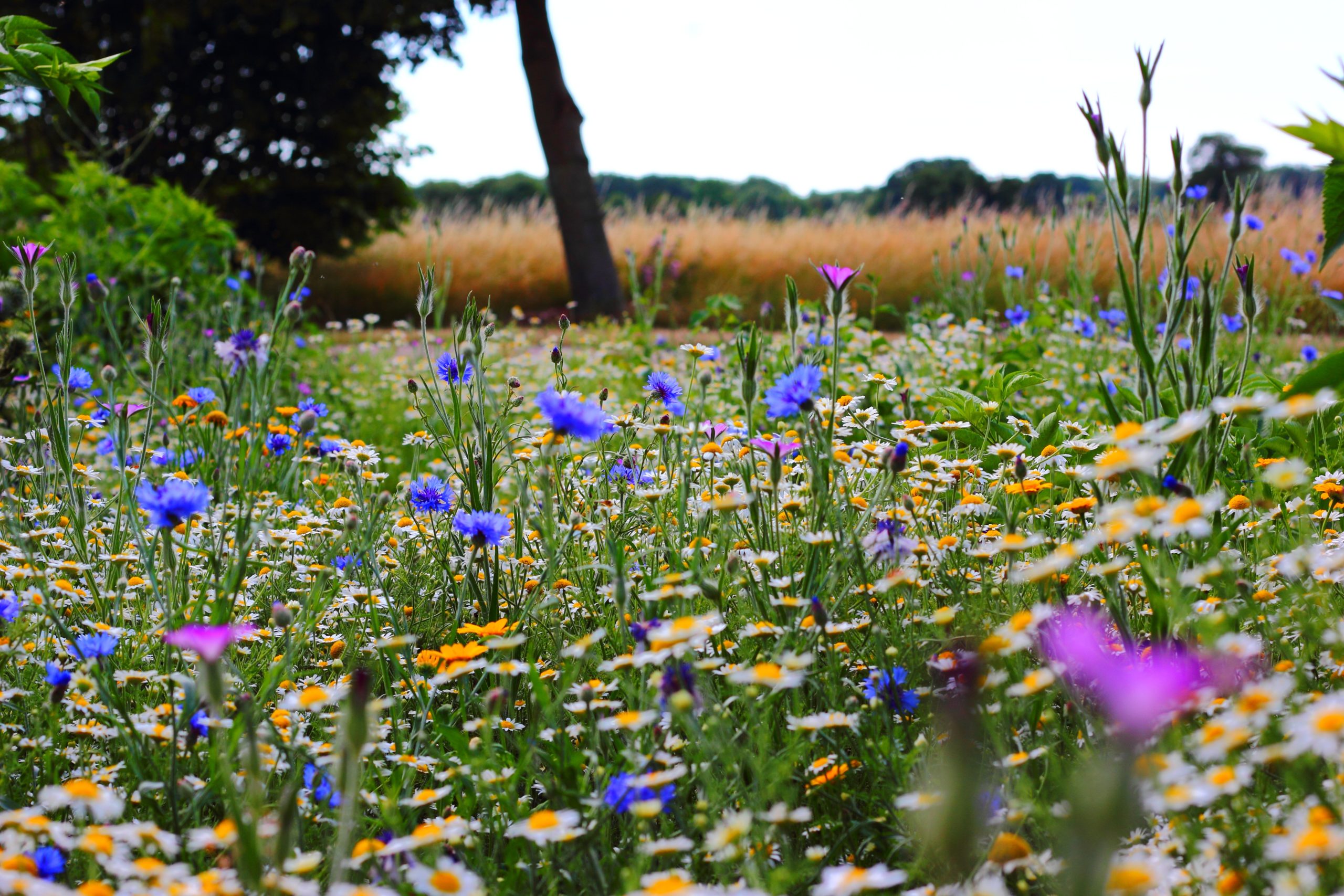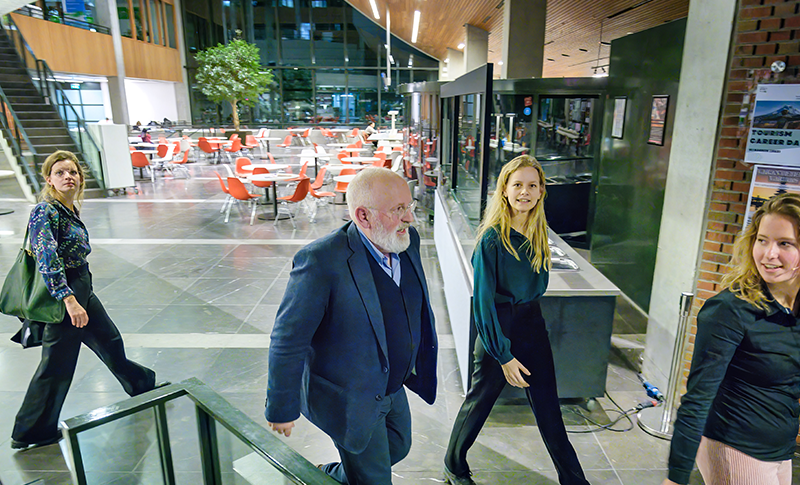The Nature Restoration Law is to ensure that all EU member states will have put measures in place to recover nature that is in poor shape by 2050. Now what?
The new law – which is part of the Green Deal – obligates members to implement measures to recover nature areas that are in poor condition. They must implement said measures in 30 per cent of these areas no later than in 2030, in 60 per cent of the areas by 2040 and in at least 90 per cent by 2050. Nabuurs, a professor of European Forestry and vice-coordinator of the EU’s forest recovery project, leaves no doubt as to whether action is required to improve the condition of nature in Europe. European nature is in a poor state. ‘In that sense, this bill passing is a great step. But there is a cliffhanger: the amendments.’ MEPs have the power to accept or reject amendments, and what precisely is to be amended is unclear at this time. Nabuurs: ‘It’s all about wording, and wording can have tremendous legal ramifications. Whether there will be a significant delay or whether it is a simple question of fine-tuning and passing the bill is yet unclear.’
Huge difference
Legislation like this is unique, says Nabuurs. ‘We have had UN summits on reducing emissions, but they are non-binding. We have never before seen legally binding agreements on nature restoration. At the biodiversity summit in Montreal last year, texts such as ‘Countries will make efforts to recover nature’. Very non-committal. This is the first legally binding agreement within the EU that focuses on restoring nature. Moreover, earlier treaties focused on halting the deterioration of nature, while this law focuses on reversing the trend, a huge difference.’
This is the first legally binding agreement within the EU that focuses on restoring nature
It was a close call today. Eurocommissioner Frans Timmermans had already stated that if the law were not passed within his period, there would be no alternative. Nabuurs: ‘It would have been relegated to the trash bin. Elections for the EU parliament will be held next year, and there is a real chance the EU parliament will lean right. I don’t believe this law would have made it then.’
The Netherlands
Every European country must now formulate a national restoration plan detailing which areas will be addressed first, with what measures and how progress will be monitored. A tricky issue, says Nabuurs. How are you going to monitor it? ‘This has caused quite a stir since the habitat reports in their current form differ per country. The Netherlands spends a lot of attention on monitoring nature so that a factual assessment of the condition of a particular meadow or forest can be done. Other countries’ approach is unclear. But these laws are binding and have quantitative goals. And with the nitrogen agenda and habitat management, it is no easy job for the Netherlands easy. There is work to be done.’
There is work to be done
Formulating plans is not the issue. But implementing them and seeing the effects on biodiversity will take time, according to Nabuurs. Reversing biodiversity trends takes a long time. ‘The forest restoration project on which we are working shows as much. We have twelve demonstration areas in Europe where measures are implemented. It takes four years to see the first saplings emerge. There is your result.’
Nabuurs: ‘This type of legislation often has a lengthy follow-up in which the plans are detailed through sub-laws stating how countries are to achieve the required restoration. This is often the case with EU laws. They come up with something in Brussels, but the measures must be implemented at the country level. And then 2030 is just around the corner.’

 ‘Reversing biodiversity trends simply takes a lot of time’. Photo Resource
‘Reversing biodiversity trends simply takes a lot of time’. Photo Resource 

